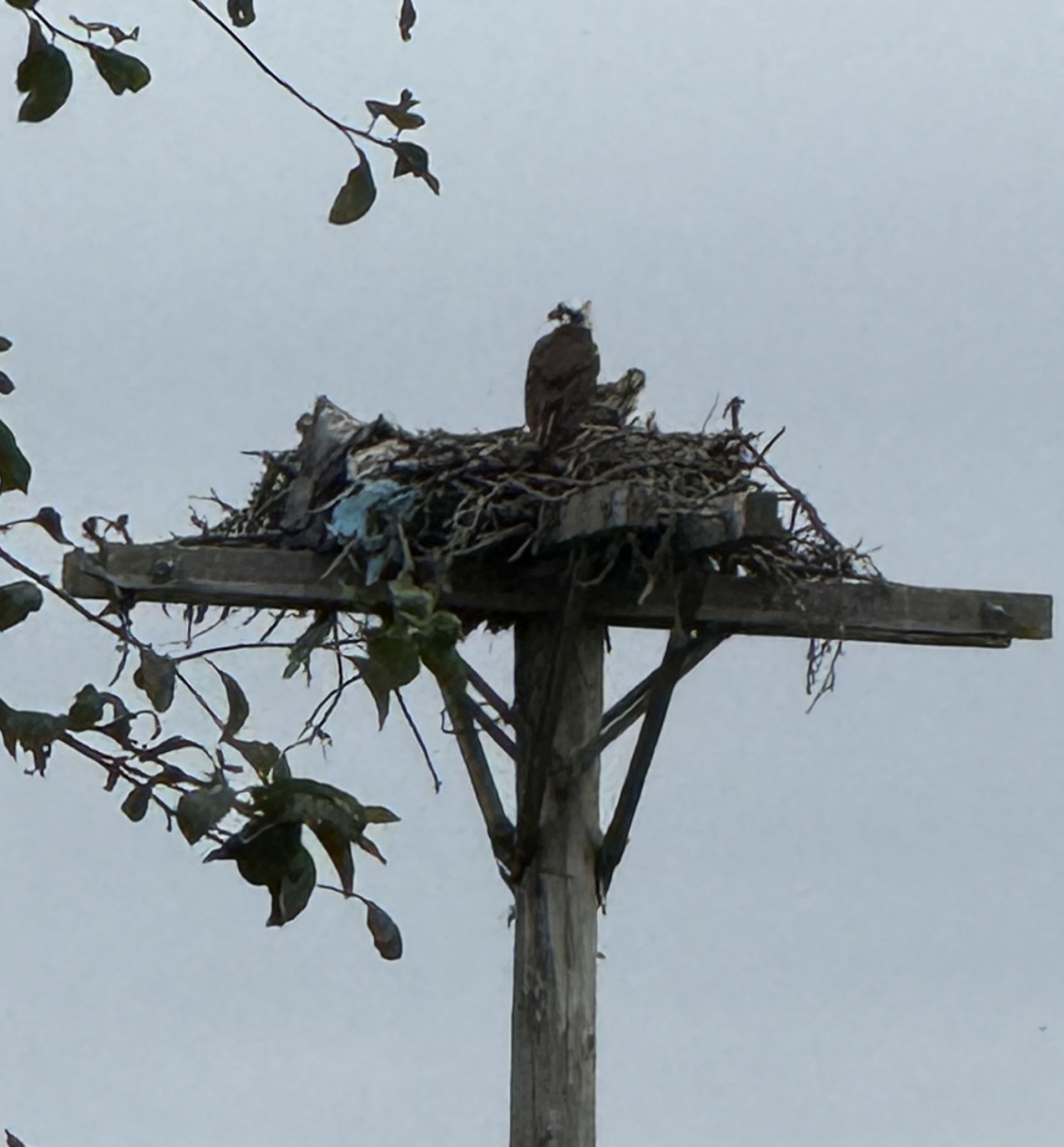Keep Calm and Bird On: July 2025
“If you don’t look, you don’t see. You have to go and look.”
-Edith Andrews

July is a hazardous month for birds on Nantucket. This year is a season of second—or third, even fourth, nesting attempts, after a cold, stormy, spring. Higher than usual tides, strong winds, delayed food availability, naturally affect beach-nesters. Predators can wipe out eggs or young. Ravens on Tuckernuck were reportedly eating Plover and Oystercatcher eggs “like popcorn.” Gulls, crows, feral cats, loose dogs, and heedless vehicles hold danger.
Even if adult birds passed the initial gauntlet, young birds are most vulnerable when they begin encountering the world for the first time. Adults may discover that what seemed like a safe yard a month or six weeks before is suddenly occupied by human activity, with dogs or cats, sudden lights, noise, machines, toxic sprays, that were not there in April or May. Traffic has tripled; many birds in the Maria Mitchell Association collection were salvaged after being hit on a road. Windows are cleaner; so, what looks to a bird on the outside like a patch of open sky, or a route through a yard, may turn out to be hard as a rock, breaking necks or concussing skulls.
Even if there are quiet areas in a yard, spraying trees could drench a female sitting tight on a nest in hazardous, sticky, or irritating, foul-smelling, toxins. Killing insects also removes birds’ major food source: insects. Even birds content to eat seeds in winter prefer to raise their young on beetles, caterpillars, or adult insects, to give them the high-fat, high-protein food they need for quick growth. They do not have a long time to get the job of reproduction completed.
Danger comes from below as well as above; poisoned rats and mice do not die immediately; as they suffer, they become easy prey. Thus, they are fatal to secondary consumers like hawks and owls. In the case of Barn Owls, one highly toxic rodent can wipe out the whole family when it kills the male who provides for them.
Can we live with “Nature?” Too many people, these days, seem to answer “No.” But to disconnect from the natural world endangers our health too.
Recent Posts




